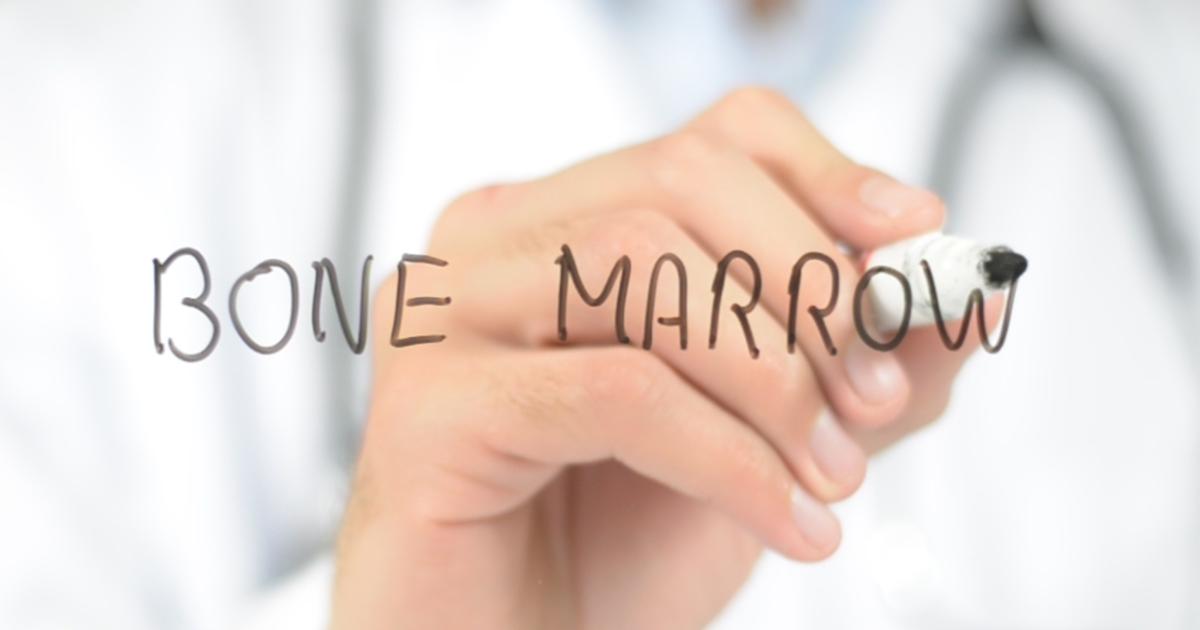Guide To Making A Bone Marrow Donation
Bone marrow is a spongy substance that fills the inside of the bones. Yellow bone marrow helps the body with fat storage, and red bone marrow aids in the production of several types of blood cells, including both red and white blood cells and platelets. In fact, red bone marrow helps produce over 200 billion new blood cells per day. As children grow, red bone marrow is slowly replaced with yellow bone marrow, and yellow bone marrow makes up the majority of an adult's total bone marrow. In adults, red bone marrow can still be found in some areas, including the pelvis, femur, tibia, humerus, sternum, ribs, and skull. Patients with leukemia, aplastic anemia, and myeloproliferative disorders often experience issues with normal bone marrow function, and these individuals may need a bone marrow transplant as part of their treatment.
The guide below discusses the importance of bone marrow donation and provides information on the donation process and the recovery period.
Why Donate Bone Marrow
Bone marrow transplants are life-saving procedures for many patients with blood cancer. To receive a transplant, a patient must be successfully matched with a donor who has the same human leukocyte antigen (HLA) type. This matching is necessary to reduce the risk of graft vs. host disease, a potential complication. Currently, only thirty percent of patients in need of a transplant can find a match within their immediate family. The remaining seventy percent of patients depend on donors from the nationwide bone marrow donor registry to find a match. In 2016, an estimated fourteen thousand Americans needed a bone marrow donor from outside of their family, and roughly fifty percent of those patients were able to be successfully matched. The remaining fifty percent were unable to find a donor. Choosing to join the national registry of bone marrow donors could enable more patients to be successfully matched and receive a potentially life-saving transplant.
Get the details on how matches are determined next.
How Matches Are Determined

Potential donors can join the bone marrow registry with a painless swab of the inside of the cheek. All swabs are tested for HLA markers at the time of registration. When a patient is in need of a bone marrow transplant and cannot get one from an immediate family member, the patient's doctor selects several individuals from the national registry who have the same HLA markers as the patient. These potential donors then have blood tests to determine which individual is the closest match for the patient. In cases where there are multiple close matches for the patient, doctors consider each potential donor's overall health to choose the most appropriate match. All potential donors have a physical exam to check for potential health conditions that could affect donation, including diabetes, cancer, and cardiovascular disease. Patients with certain heart conditions and cancers may not be permitted to donate bone marrow. Individuals with diabetes that requires insulin or injections will not be allowed to donate, but those whose diabetes is controlled with oral medication can donate. While patients with well-controlled irregular heartbeats or mitral valve prolapse could be permitted to donate, individuals who have had a heart attack or surgical procedures such as heart valve replacement, cardiac bypass, angioplasty, or pacemaker implantation will not be able to donate. Each potential donor's health will be evaluated on a case-by-case basis during the selection process.
Learn about how to prepare for a bone marrow donation next.
